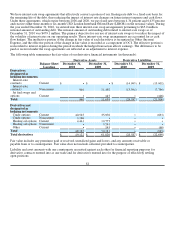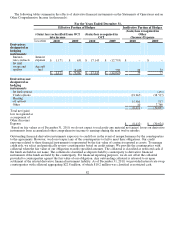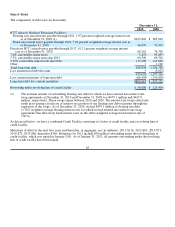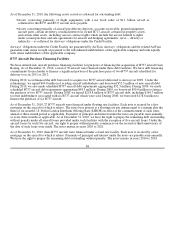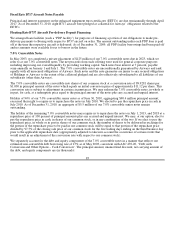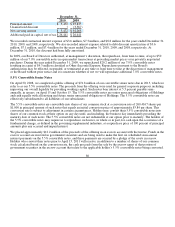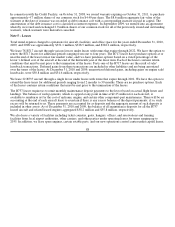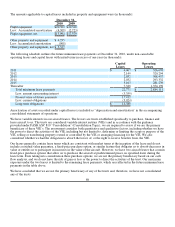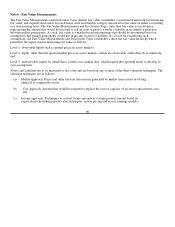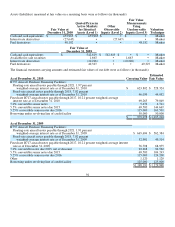Airtran 2010 Annual Report Download - page 98
Download and view the complete annual report
Please find page 98 of the 2010 Airtran annual report below. You can navigate through the pages in the report by either clicking on the pages listed below, or by using the keyword search tool below to find specific information within the annual report.
Note 6 - Fair Value Measurements
The Fair Value Measurements and Disclosures Topic defines fair value, establishes a consistent framework for measuring
fair value, and expands disclosures for each major asset and liability category measured at fair value on either a recurring
or a nonrecurring basis. The Fair Value Measurements and Disclosures Topic states that fair value is an exit price,
representing the amount that would be received to sell an asset or paid to transfer a liability in an orderly transaction
between market participants. As such, fair value is a market-based measurement that should be determined based on
assumptions that market participants would use in pricing an asset or liability. As a basis for considering such
assumptions, the Fair Value Measurements and Disclosures Topic establishes a three-tier fair value hierarchy which
prioritizes the inputs used in measuring fair value as follows:
Level 1- observable inputs such as quoted prices in active markets;
Level 2- inputs, other than the quoted market prices in active markets, which are observable, either directly or indirectly;
and
Level 3- unobservable inputs for which there is little or no market data, which require the reporting entity to develop its
own assumptions.
Assets and liabilities are to be measured at fair value and are based on one or more of the three valuation techniques. The
valuation techniques are as follows:
(a) Market approach. Prices and other relevant information generated by market transactions involving
identical or comparable assets;
(b) Cost approach. Amount that would be required to replace the service capacity of an asset (replacement cost);
and
(c) Income approach. Techniques to convert future amounts to a single present amount based on
expectations (including present value techniques, option-pricing and excess earnings models).
90



